Women Birthing Babies Have Needs and often these needs are barely recognized—even by the woman herself. Each woman’s needs may be met differently. But we can say that women have emotional, physical, spiritual needs and desires which are often not acknowledged.
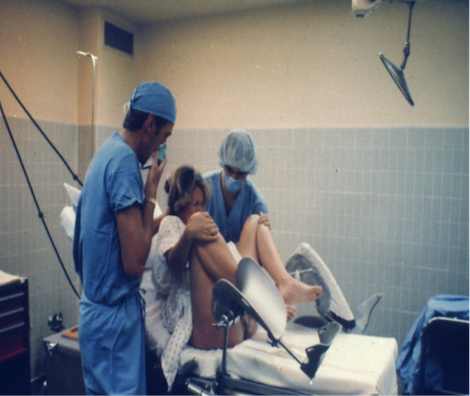

Doctors’ Greed Often it is said that a doctor wants to make more money and that is the cause. Sometimes this is true, but there are many pressures on doctors too. Hospitals want maximum use of operation theatres, anesthesiologists and other staff and as institutions they may pressure obstetricians to perform operations. Families and mothers also sometimes want the baby in a hurry; they are tired of waiting and worrying. Dais often say ‘dhire, dhire’—slowly slowly. Nature may take her own time.
The widespread use of allopathic or biomedicine Other systems of medicine, which deal more with energy, emotion, culture and spirit have been eclipsed by bio-medicine. This harms everyone, but particularly women as givers of birth. Birth is a normal, human process, not a bio-medical one.


The idea that the body can be cut—Surgery, which is ideally lifesaving, has been extended into random acts of violence against living flesh. For so called ‘beauty’s’ sake face-lifts and breast enhancements, tummy tucks and liposuction. Knee replacement, heart surgery, hysterectomy sometimes are needed, but sometimes are not.


Women’s own caretaking traditions are being erased. There are many customs and practices which are common to both India’s traditional midwives AND current ‘evidence-based practices’ in Europe and the United States

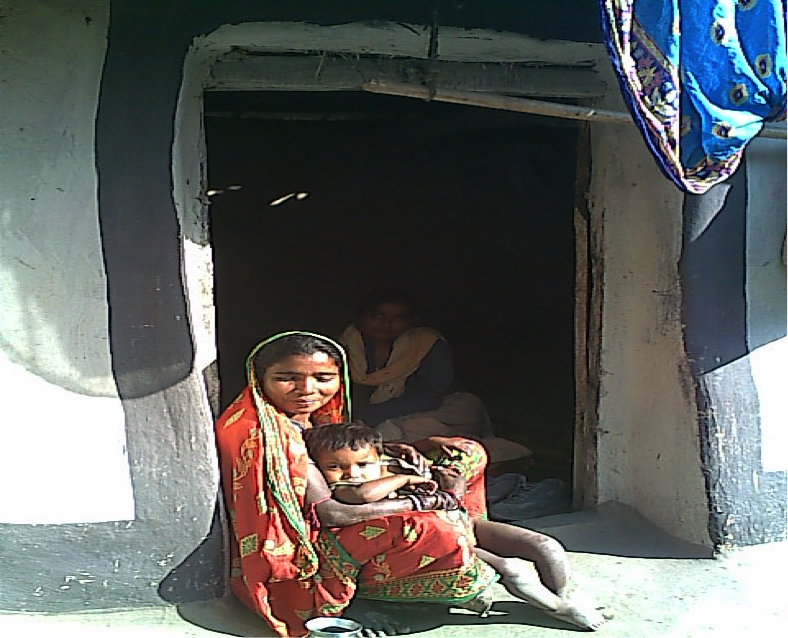
Indian midwifery (dais’) practices which are similar to ‘evidence-based practices’ in the US and Europe
During Labour
Continued presence and care.
Physical Movement.
No shaving and enema.
Food and drink as desired by the mother.
Emotional Support and Encouragement.
Caring Touch, massage.
At Birth
Freedom to chose birthing position.
No episiotomy.
Delayed cord cutting.
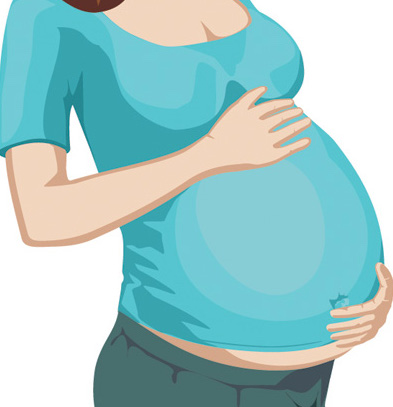
Too many women in India are having cesarean sections—and it’s everybody’s fault.
At least that’s the conclusion that some obstetricians are coming to when they look at the rising number of cesarean, or surgical births: That doctors, patients and policymakers are all responsible for a steep increase in unnecessary, costly procedures.
Until 2010, cesarean—or C-sections—were limited to 8.5% of all deliveries in the country, just under the recommended level of 10-15%, according to a World Health Organization (WHO) report (pdf). The WHO guidelines take into account the number of C-sections needed for complicated births and curbing maternal mortality rates, so even too few procedures are a problem.
But in the last decade or so, the numbers have escalated in many parts of the country—reaching as high as 41% of deliveries in Kerala, and 58% in Tamil Nadu, says a report (pdf) by the ICMR School of Public Health. And it’s happening across both urban and rural areas: Mumbai saw an exponential growth in C-sections in both private and public hospitals, while one study (Jan 2007 to Dec 2012) demonstrated a spike from 31% to 51% over just six years in rural Haryana.
Too many women in India are having cesarean sections—and it’s everybody’s fault.
Private hospitals tend to be the most scalpel-happy when it comes to these procedures, said Meenakshi Gautham, the India country coordinator for a maternal and newborn health program at the London School of Hygiene and Tropical Medicine.
This is unsurprising given the global trend in countries like the US and China where doctors can also be paid much more for a surgical procedure than a vaginal delivery, and where institutions have the potential to rake in money for a patient’s longer stay and medical attention.
During her research in Andhra Pradesh, Gautham’s household surveys revealed that up to 80% of the women in some districts had undergone a C-section.
Some of that trend is geographical, Gautham said. Southern states have a higher density of private medical schools—sometimes even nine in one city—and their graduates are more likely to perform the lucrative procedures to make up for the cost of their education.
In India, the cost of a C-section varies widely according to online forums, articles and studies. The charges for the procedure, hospital stay and anesthesia can range from about Rs5,000 (less than $100) in a government hospital to upwards of Rs40,000 ($650). Gautham pointed out that no national survey has thoroughly measured the rate or cost of C- sections so far.
The introduction of health insurance into the mix can make that line fuzzier, but both researchers and doctors said that the number of insured patients is not yet large enough to have significant impact on health care economics.
Amid this financial setting, some doctors are hoping to fight that trend and bring down the number of unnecessary C-sections.
When Dr. Pratibha Narayan joined The Birthplace, a premium maternity center in Hyderabad where patient rooms look like sleek hotel rooms, she insisted that they charge patients a flat, equal fee for both C-sections and vaginal births.
From the days of donating her blood to poor patients at a cash-strapped rural hospital to serving high-income families at The Birthplace, Narayan said she has seen enough high-risk pregnancies to know when a C-section is actually needed. And to know that some doctors she had seen in her past workplaces were not always working in the interest of their patients, but rather their schedules and wallets. “In some places, it’s easy money with a C-section sometimes,” she said. “We created a lot of flutter in Hyderabad with this decision.”
Mumbai-based Dr. Rajiv Punjabi, an obstetrician and founder of Tulip Women’s Health Care Center, also charges an equal, flat fee for both cesarean and vaginal births. “Of course, there are some bad eggs in every profession,” he said of obstetricians trying to make money from C-sections.
But the decision is not just in the hands of a physician. From patients who want to deliver on auspicious dates, to those who just want to avoid the pain during labour, Narayan said patients come to her with their own set of beliefs and biases. “The culture we have in India—word of mouth has a bigger say and bigger hold than medical knowledge sometimes,” Narayan said.
This trend, however, is hardly specific to India. In China, where almost 50% of the mothers deliver through C-section, patient preference plays a large part in the high numbers of procedures.
While the research is not entirely conclusive, many studies show that vaginal delivery tends to produce better health outcomes for both baby and mother when it is an option. And another popular belief, that a woman can’t follow one C-section birth with a vaginal birth for her next pregnancy, is also largely unfounded.
Counselling and education go a long way to combat these myths, Punjabi said: “I truly believe that if women are actually given enough information, they will make the right decision.”
Not all doctors spend enough time doing that, said Insiya Shakir, who delivered her baby through a C-section in late November. Until she stepped into Punjabi’s office, she said, few of the doctors she consulted had completely explained to her the pros and cons of each delivery.
Eventually, the 28-year-old did get a C-section because of a complication with her amniotic membrane towards the end of her pregnancy. And while she is somewhat relieved to have skirted the intense process of a vaginal birth, she is also confident that her procedure was necessary for a healthy delivery. “The choice was clear. The wellness of the baby was the only thing on my mind,” she said.
But even taking financial gains and mis-education out of the picture hasn’t curbed the number of C-sections in offices like Punjabi’s, where about 40% of the mothers end up getting the procedure. This higher number, he said, can be attributed to changes in lifestyle and health. Punjabi said the average age of patients at his suburban Mumbai clinic is 32 years. Women above 35 years are said to be at a higher risk during their pregnancies, according to the Mayo Clinic.
There is also a spike in the number of patients who are obese, and those who develop gestational diabetes—two factors that can complicate pregnancy.
A combination of dietary and metabolic changes, coupled with less physical activity, have led to skyrocketing rates of diabetes and obesity in recent years. Indians are highly vulnerable to Type 2 diabetes. As of 2011, it affected at least 336 million globally—out of which 61.3 million lived in India.Or, 7.3% of the country’s population is diabetic. Moreover, 3% of the population is obese, and more than 15% is overweight, according to the Obesity Foundation of India, and this probably occurs even more in women.
With a host of social, economic and health factors driving up the rate of C-sections, Gautham said the country desperately needs to regulate how medical institutions are approaching deliveries. But Punjabi also warns that the guideline shouldn’t come without an understanding of the human body and its nuances.
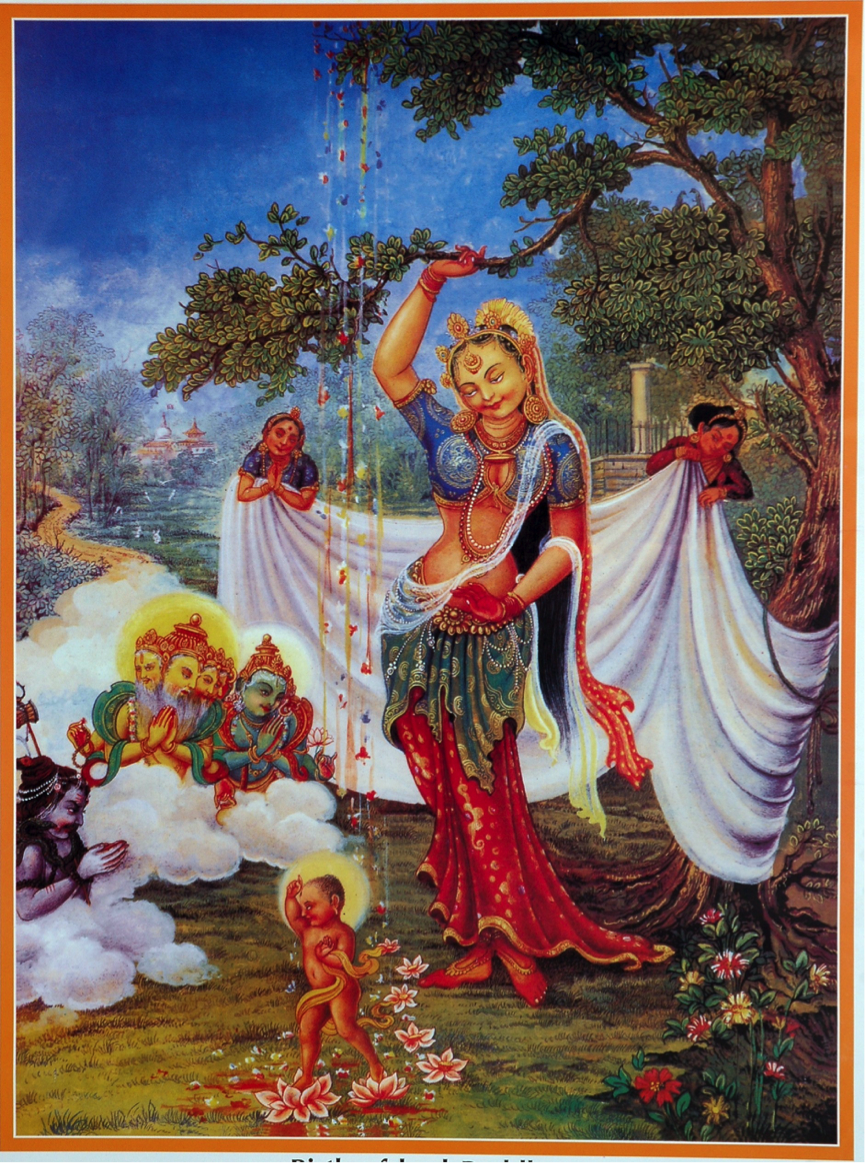
The Birth of the Buddha or Gautama—supposedly born from his mother Mahamaya’s side and walking and teaching soon afterwards. Everyone wants a ‘special’ baby. Maybe that’s why there are so many C-sections.
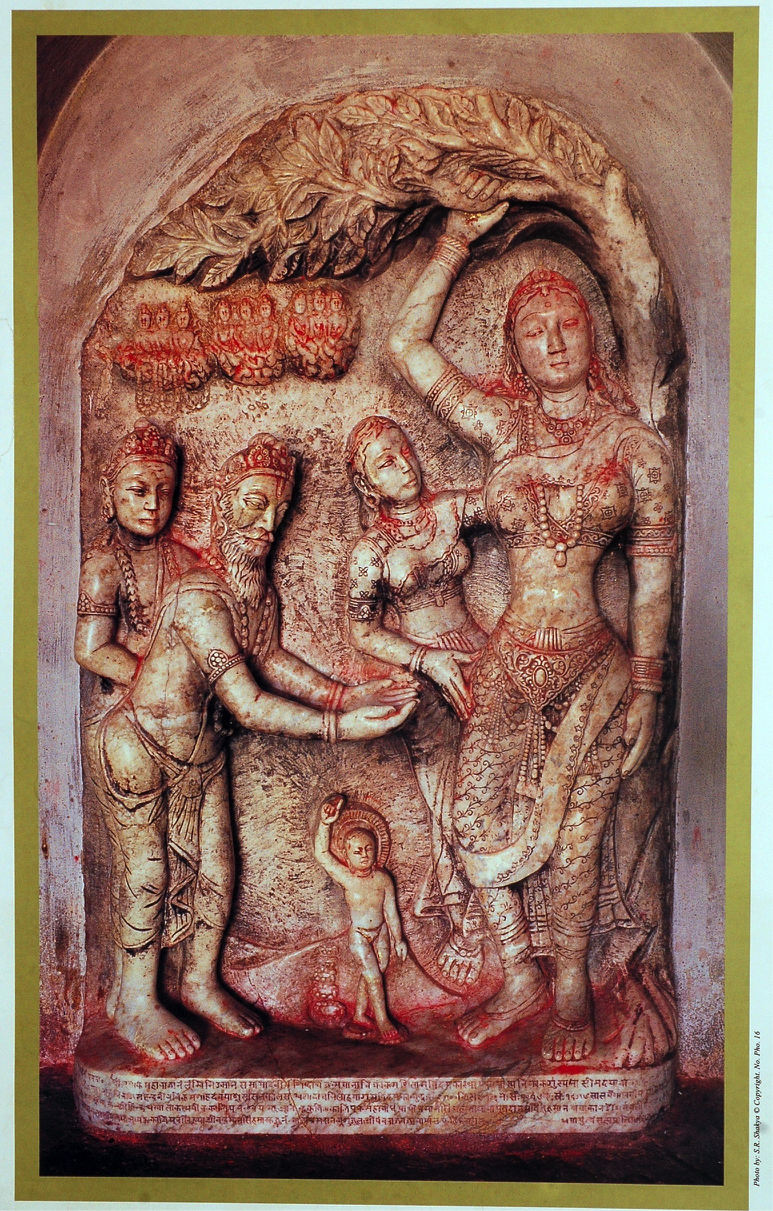
These images were posters from the garden of Lumbini where Gautama was born and his mother died soon afterwards.
The Times of India (New Delhi edition) 5 Apr 2007 Abantika Ghosh TNN
New Delhi: Childbirth through the caesarean section (C-sec) has a 2.84 fold higher chance of maternal death than normal delivery. Studies show 52% of maternal deaths due to anaesthesia-related complications occur in elective caesareans. A first-birth caesarean has a 30% chance of causing placental disruption in a later pregnancy. C- sec is also known to be a potential risk factor for respiratory distress syndrome in babies.
Given these risks, it’s not surprising that C-sec worldwide is used as a last-resort method. The WHO says, in any society it shouldn’t account for more than 20% of all childbirths.
But the story is dramatically different in the Capital. Going by childbirth stats obtained by TOI from various Delhi hospitals, C-secs are as high as 65% in certain private hospitals. In fact, the data shows great disparity in the prevalence rates of C-secs in private and government hospitals — in the latter, caesareans are within the 20% figure prescribed by WHO.
The statistics show 65% of all childbirths at Indraprastha Apollo hospital are C-secs. It’s 40% at Sitaram Bhartia, which has started a natural birthing programme to bring down the number. Others private hospitals like Fortis and Sir Ganga Ram Hospital expressed their inability to furnish the data.
A normal delivery can at times take up to 18 hours throughout which the doctor would need to be with the patient. A C-sec, on the other hand, is over in an hour. The cost of a C-sec, depending on the type of room the mother opts for, can range between Rs 30,000-Rs 1.5 lakh — a normal delivery earns one-third to half that revenue for a hospital. Out of this, the obstetrician gets Rs 15,000-45,000 for a C-sec — twice to four times the amount he/she makes out of a normal delivery. That apart, senior doctors point out that any doctor in a private setup is also required to meet certain revenue generation targets on a monthly basis.
Says Abhishek Bhartia, director of Sitaram Bhartia, ‘‘There are many reasons for the high percentage of caesarean sections. It is less stressful for the doctor and often financially more rewarding. Would-be mothers too often insist on it.’’ Bhartia adds that it is precisely for these reasons that his hospital has started a natural birthing programme to counsel parents.
The Times of India (New Delhi edition) 5 Apr 2007 Abantika Ghosh TNN
New Delhi: Few doctors, even from government hospitals, are willing to talk on record about the high prevalence of caesarean births. Explains Dr Neelam Vaid, medical superintendent and head of the department of obstetrics and gynaecology, Guru Tegh Bahadur Hospital, ‘‘The clientele of private and government hospital are entirely different. Most of their deliveries are planned, whereas for us 60% mothers walk into the hospital only when they are inlabour and there is no time to check the position etc of the baby. The delivery just happens. In private hospitals many mothers ask for it because of risk of prolapse, so their figures are justifiable.’’
Says Dr Anuradha Kapoor, senior consultant and coordinator, department of obstetrics and gynaecology, Max Healthcare, ‘‘We are a tertiary-level centre so many of our cases are highrisk. Additionally because of the kind of people we cater to, the average maternal age at first pregnancy is 29 years so that chances of complications are much more. In government hospitals, more patients have had more than two pregnancies. So their C-sec rates are lower.’’
Apollo toomaintains that ‘‘a large number of high-risk cases’’ increase their C-secnumbers. Sitaram Bhartia director Abhishek Bhartia says the natural birthing programme started by his hospital could actually help bring down the number of caesarean births. ‘‘All our obstetricians are on fixed salary and we are about to start a group practice for obstetricians so that no doctor is over stressed,’’ he says. ‘Group practice’ means that a baby may be delivered by any one of a group of obstetricians who have been seeing the mother.
